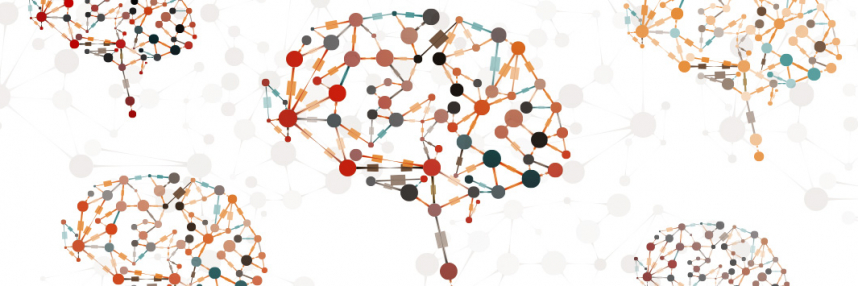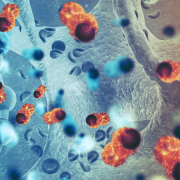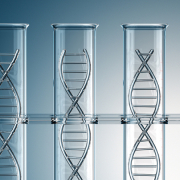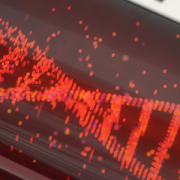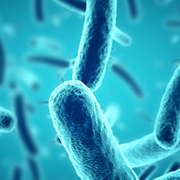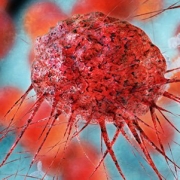Molecular memories: is genomics key to a dementia cure?
Dementia is a major healthcare issue in ageing western societies. What do we know about the biological basis of memory that could combat this?
“It seems, then, that we owe to memory almost all that we either have or are… our consciousness would be broken up into as many fragments as we had lived seconds but for the binding and unifying force of memory.” Ewald Hering, 1870
Life on earth began 4 billion years ago, and humans and chimpanzees’ ancestors diverged some 6 million years ago, writes Alain Li Wan Po.
However, it has been only 70,000 years since humans evolved into the thinking and scheming beings who began to mould the world to serve them.
They fantasised, they painted, and they sang. They fought and murdered. They created gods as they wondered about who they were. Some thought their souls were in their hearts, and others in their brain.
‘I think therefore I am,’ Descartes famously said; imagination, illusions and delusions are all products of the mind that require memory to actualise.
Secrets of the cell
Less than a century-and-a-half ago, Camillo Golgi and Santiago Ramon y Cajal made visible the nerves of the brain that allow us to think, to feel pain and to experience ecstasy.
When Francis Crick unravelled the double-helical structure of DNA in 1953, many thought it would only be a short while before the brain yielded its secrets.
Crick and fellow molecular biologist Susumu Tonegawa (also a Nobel laureate) both thought that the machinations of the brain should be reducible to molecular pathways. Crick believed that dendritic spines – small protuberances on nerve endings – were involved with memory storage and retrieval; a view shared by Tonegawa.
Tonegawa should be particularly well-equipped to work out the molecular basis of memory; before turning his attention to neuroscience, he worked out how the adaptive immune system produces an almost infinite variety of immunoglobulins to defend us against every type of invader and foreign molecule, and from just a few genes.
Like the brain, the immune system has memory. It recognises friends and foes met eons ago over evolutionary time, or just a moment ago. Molecular signatures of new entities are registered for future recognition. The initially random recognition is acted on by Darwinian natural selection and becomes embedded within the genome to be passed on to the next generation’s innate immune system. For shorter-term recognition, there is an immediate-response adaptive system with a vast array of immunoglobulins and immune cells. The biological machinery for producing this vast array is the product of natural selection.
Memory also two-tiered
The memory system of the brain is remarkably similar to the immune system in being two-tiered: implicit and explicit layers often referred to as long-term memory and short-term memory.
The biological basis for the two-tiered system was first proposed by Ewald Hering, the German physiologist, in 1870.
“What was conscious to me yesterday and again becomes conscious to me to-day, where has it been in the interim?” asked Hering.
He suggested that “phenomena of consciousness appear to be functions of material changes of organized substance, and vice versa”, and that “The nervous substance faithfully preserves the records of processes often performed.”
Hering, still in his thirties, was far ahead of his time. It was five decades later that his hypothesis was reaffirmed by the German zoologist Richard Semon, who coined the catch-word ‘engram‘ for the neural connections and assemblies that undergo simultaneous “excitations” to leave Hering’s vestiges.
Molecular engineering
Francis Crick suggested that to make progress, one needed to be able to identify specific types of nerve cells (neurons) to work on. Tissues composed of multiple cell types needed to be disaggregated, and he suggested that light-activation of specific cell-types might be useful. Crick was in his eighties when he advised that “neuroscientists should scan molecular biology for appropriate techniques… They should ask their molecular biology friends for new tools. [They] should not be shy… How our brains work is of vital interest to us all… [and they should not] shilly-shally.”
Molecular biologists came forth with a tool-bag that included exquisitely specific optogenetic tools. With molecular engineering, neurons are coaxed to respond only to blue, red or yellow light to allow the simultaneous study of different subtypes within complex assemblies.
Tonegawa’s team, for example, have reported that, contrary to the long-held view of a long time-lag between the laying down of short-term and long-term memories in different areas of the brain, signalling occurs simultaneously but that cells associated with short-term memory become silent more rapidly.
“’It seems, then, that we owe to memory almost all that we either have or are… our consciousness would be broken up into as many fragments as we had lived seconds but for the binding and unifying force of memory,” said Ewald Hering in 1870.
Future therapies
The basis of Hering’s insights will one day be clearer thanks to ongoing genomics research. Drugs for memory malfunction may then follow. For example, we now know that neurons and glia may transfer messenger RNA and microRNA to other neurons.
Once the significance of such transfer of genetic information within the memory network defined by workers such as Tonegawa’s team is worked out, the mRNA and miRNA can become molecular targets for highly selective inhibition. Such nucleic acid sequence-specific inhibitors are already in use as therapeutic agents in the form of drugs such as eteplirsen and nusinersen for various forms of muscular dystrophy.
For an ageing population with steadily rising numbers of people with dementia, translational research in this area of unmet need requires urgent focus.
Alain Li Wan Po is editor-in-chief of the Journal of Clinical Pharmacy and Therapeutics, and is a fellow of the Royal Pharmaceutical Society and the Royal Statistical Society. Alain has written more than 100 papers in scientific and medical journals, and authored several books including Genomic Medicine: 101 Keynotes and Concepts
–


